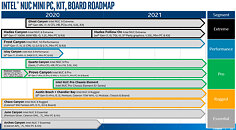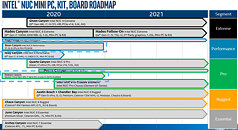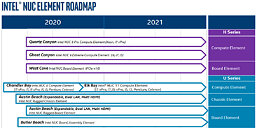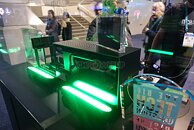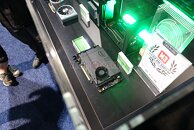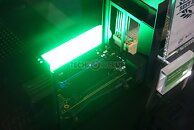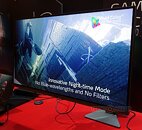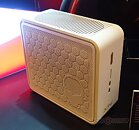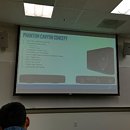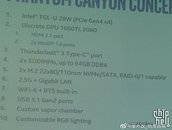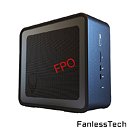
ADATA XPG Unveils XPG GAIA Mini Gaming PC
ADATA XPG, a provider of systems, components, and peripherals for Gamers, Esports Pros, and Tech Enthusiasts, today announces the XPG GAIA mini gaming PC. The XPG GAIA is a compact 5-liter system designed for gamers and creators who have limited desktop space but don't want to compromise computing power and features.
Based on Intel NUC 9 Extreme Kit - Ghost Canyon, the XPG GAIA sports up to an Intel Core i9-9980HK[1] processor that operates at up to 5.00 GHz and features eight cores. It also generates less heat and consumes less power thanks to its low TDP of 45 W. What's more, the XPG GAIA can be equipped with an additional graphics card, up to 202 mm to make it future-proof.
Based on Intel NUC 9 Extreme Kit - Ghost Canyon, the XPG GAIA sports up to an Intel Core i9-9980HK[1] processor that operates at up to 5.00 GHz and features eight cores. It also generates less heat and consumes less power thanks to its low TDP of 45 W. What's more, the XPG GAIA can be equipped with an additional graphics card, up to 202 mm to make it future-proof.





